|
On the north coast of Honduras, close to the border of Belize, lies Tela Bay, with a largely unexplored coral reef system that is nothing short of mind-blowing. I was first invited to visit these reefs with a group of coral researchers five years ago. I recently returned to find the reef as healthy as ever, with new sites and exciting new finds and a great team of researchers continuing to study and explore this true hidden gem. This is often not easy diving, and no common touristy dive destination. Boats are launched through the surf and there is only a window of a few months in spring and summer when the reefs are accessible or even visible. But it is a diving experience like no other and well worth the effort. Punta Sal: Punta Sal National Park lies on the western end end of Tela Bay, a long peninsula that is actually a continuation of the geographical features that make up up the better-known Bay Islands of Honduras: Utila, Roatan and Guanaja. It is an unpopulated and protected area, full of howler monkeys and untrammeled jungle. Over 300 bird species have been recorded here and one biologist counted 54 species of ants on one tree alone, more than is found in all of England. The real magic for divers begins just a short swim off shore with the largest known abundance of Acropora corals in the western Caribbean. Over 1200 colonies of Elkhorn Coral (Acropora palmata) have been found so far. They seem to go on forever: Since my last visit here, the Tela Marine Research Center has also discovered many colonies of the rare hybridized Acropora species known as Fused Staghorn Coral (Acropora prolifera). I had seen this species before in small colonies on Roatan, especially in the protected areas of Cordelia Banks, but nothing like this: It's not just Corals Here: As you first descend onto a reef in Tela Bay, the coral coverage is the first thing you'll notice but there is an an incredible range of fish life here as well. There may not be as many large fish as I'm used to on Roatan, but we did find groupers, snappers and nurse sharks on our dives. Parrotfish and grunts are everywhere, as well as many Spotted Drums and Highhats. Looking closer, there is a huge variety of smaller fishes and many species that I have never found elsewhere. Once you tear yourself away from the corals, the invertebrate life here is astounding. Some of my favorite things to hunt for are commensal species, those that are only found on certain hosts. On my first dive I was able to shoot two very elusive species, one found on a sea urchin, and the other on a Black and White Crinoid: And for the true diving geek, the variety of marine plants is incredible. There is not a lot of algae on this reef, only 2% according to some studies, but the variety that has been able to get a foothold between the immense coral heads is incredible, and we found some species I'd only ever seen in books. Some of my dive buddies may have thought I was a bit nuts, but I felt like a kid in a candy store! A "Misbehaving reef": Why is Tela so healthy? The coral reefs here face all the dangers common to the rest of the Caribbean, in fact more so. The visibility is usually poor due to the many rivers that flow into the bay and agricultural runoff is intense. It has been fished by local communities for centuries and has had no management or protection. Yet it boasts healthier coral populations than any of the popular diving destinations that surround it, such as Belize to the west and the Bay Islands to the east. The answer may lie with one key component to a reef ecosystem, sea urchins. Diadema Antillarum, The Long-spined Sea Urchin: Sea urchins play an important role in keeping algae levels in check and this allows the corals room to grow on the reef. In 1983 a mysterious disease wiped out over 95% of the Long-spined Sea Urchins in the Caribbean. This led to an outbreak of algae-covered corals and most of the Caribbean has still not recovered. The Mesoamerican Barrier Reef has since lost up to 50% of it's coral coverage. In Tela however, the urchins were somehow more "immune" to this disease and continued to graze as usual. While the Caribbean now has an average of one just Diadema for every 100 square meters, Tela boasts 2.5 of these important grazers for every single square meter. Here we can perhaps see what the Caribbean used to look like in terms of coral coverage, and the difference is astounding. Diadema antillarum are the main focus of local researchers. The Tela Marine Research Center: The research center was founded in 2011 by Antal Borcsok, with the aim to study why the reefs here are so resilient. Scientists from around the world come to research this reef as an example of a balanced ecosystem, somehow still thriving in the face of environmental and human impacts. They have been able to witness and record the sexual reproduction of the Elkhorn Corals, and genetic analysis is showing how these colonies are largely responsible for repopulating this species in the western Caribbean. Much work has been done on the Long-spined Urchins and plans are underway to see if this hardy local stock can be exported to help save other Caribbean reefs from continued coral loss. Each year, reef monitors from AGGRA (Atlantic and Gulf Rapid Reef Assessment) come to keep track of changes in coral coverage and fish populations, and Operation Wallacea sends dozens of student researchers each summer. Currently scientists and researchers from Oxford and other British universities are concentrating on the sea urchin populations, while other American researchers are focusing on coral health and Lionfish populations. You can find out more about this research by visiting the website of the Tela Marine Research Center, or by clicking here to contact Antal directly. The future of Tela: In January of this year the Honduran government declared Tela's reefs a "Marine Wildlife Refuge", thanks in large part to the work Antal Borstok has been doing. He's not stopping there: ground has already been broken for a major expansion of the research center, including over 40 educational displays with 4500-gallon saltwater tanks. A 60-ft high watchtower has been constructed next to the center, where volunteers will monitor fishing and diving activities in the bay. Thousands of schoolkids have already visited the center. Antal explains that the goal now is to get the next generation of Hondurans so fascinated with coral reefs that protecting them will be easier in the future. Rather than overfishing and polluting the reefs, kids can see that these ecosystems are a national treasure, and careers in diving and ecotourism are a great alternative. As I'm cleaning and packing up my dive gear with Antal, we're discussing all the new locations and species finds we've discovered. On my SD card I have at least one new find for each dive we have done, something unheard-of on my home island of Roatan, everything from algae to corals to blennies. I tell him I can't believe how untouched and biologically diverse it all is.
Just then, and I kid you not, a Blue Morpho Butterfly flits over the rinse barrels and I'm stunned by the neon-bright colors. "Oh yeah, we get a lot of those here too." says Antal. Tela. It's that kind of place. Enjoy Mickey
3 Comments
|
AuthorMickey Charteris is an author/photographer living on Roatan. His book Caribbean Reef Life first came out in 2012 and is currrently into it's sixth printing as an expanded fourth edition. Archives
August 2019
Categories
All
|
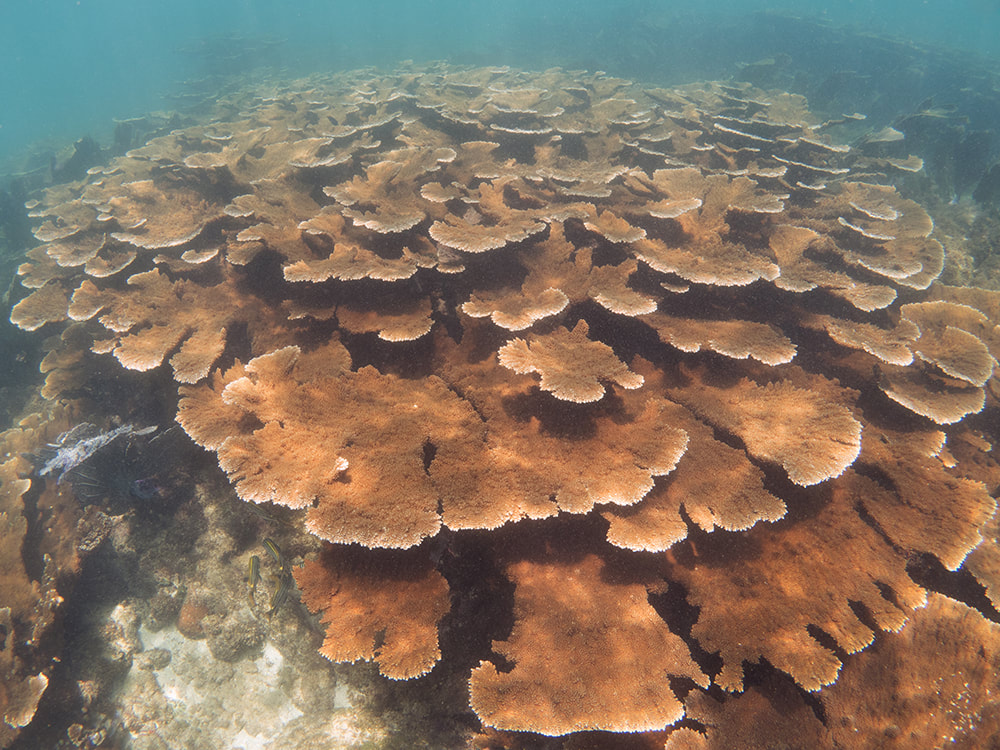
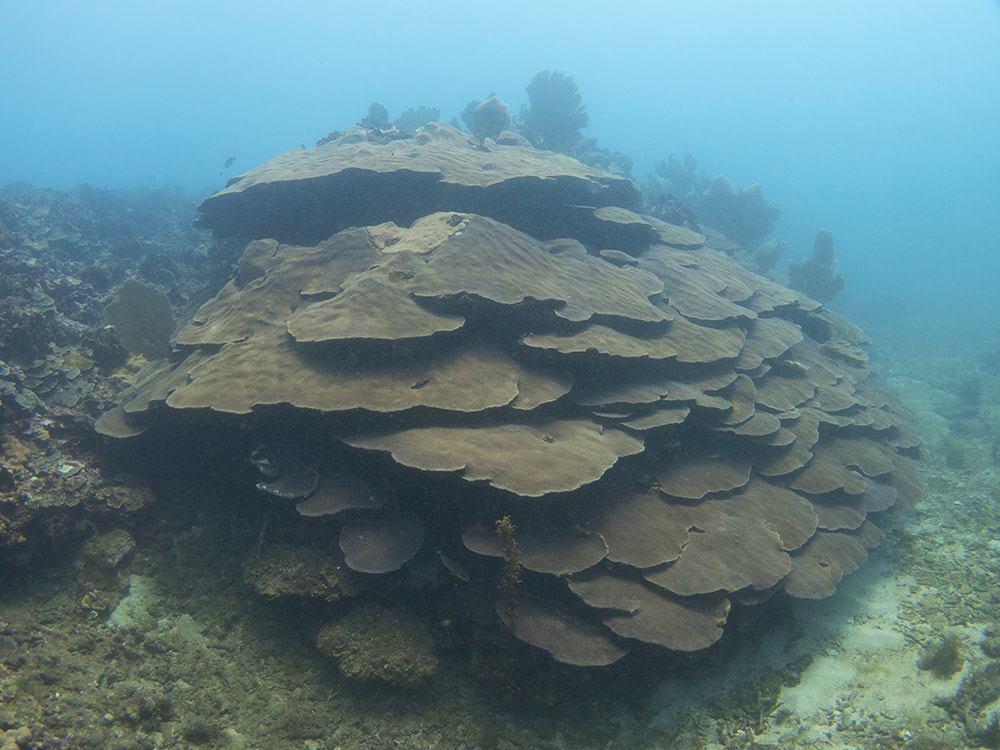
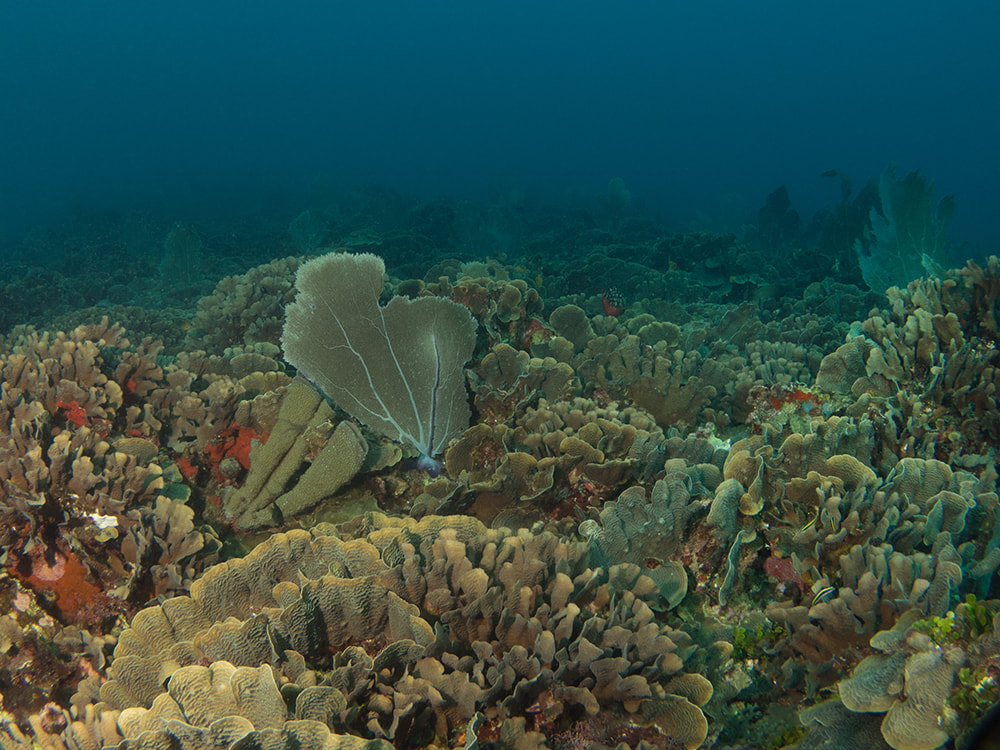
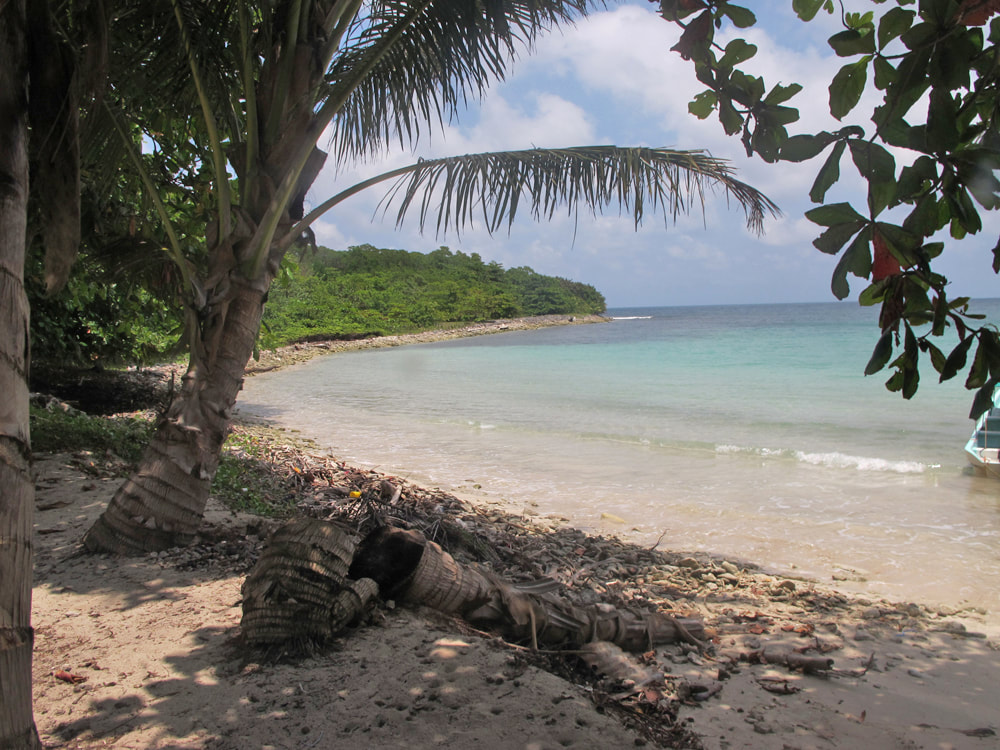
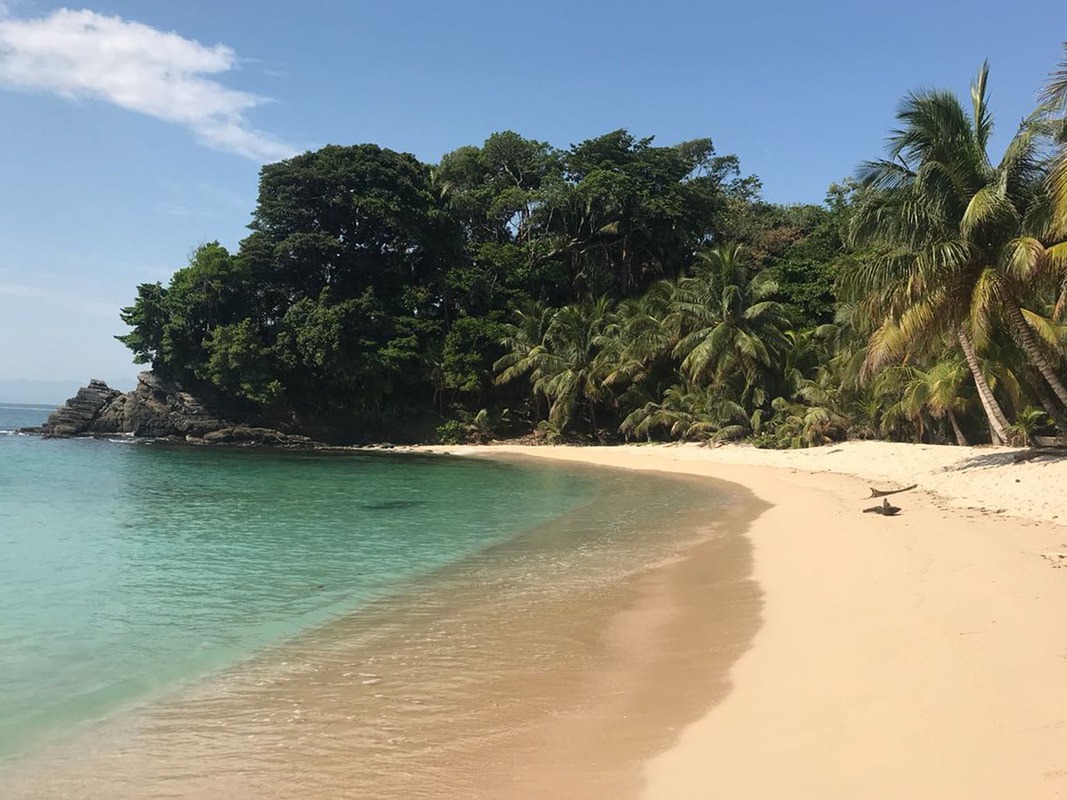
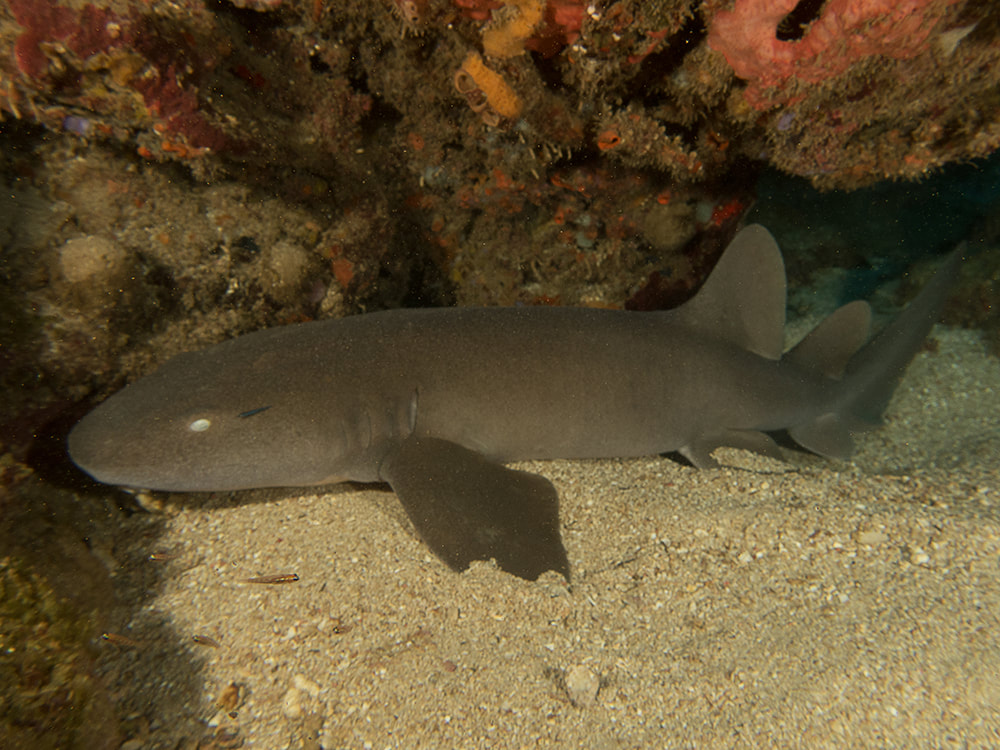
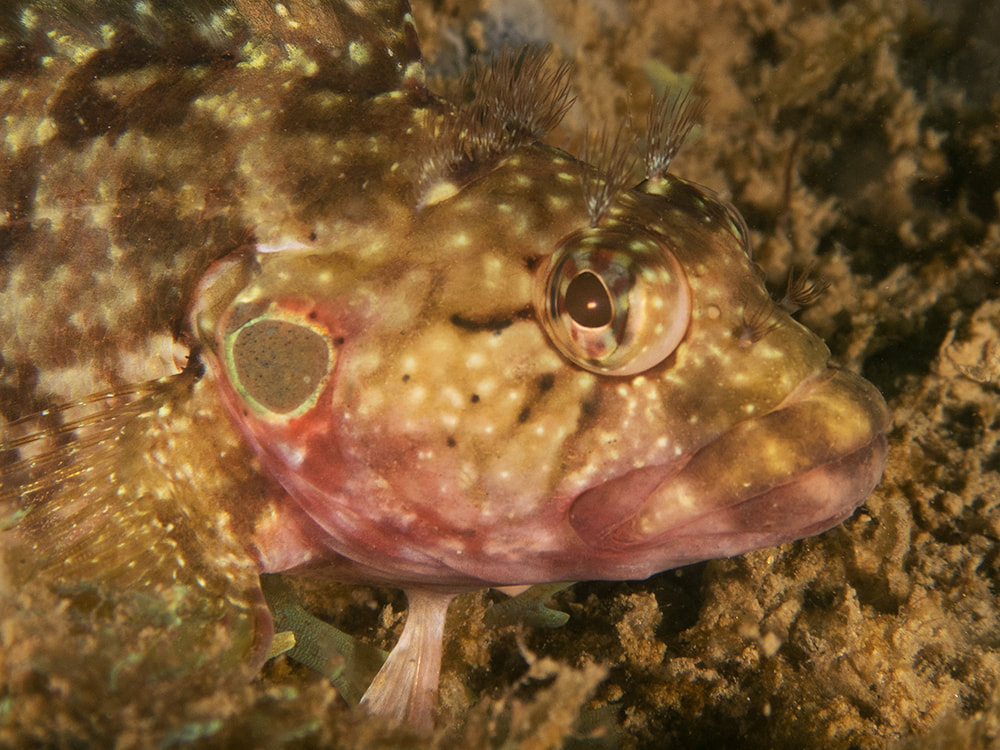
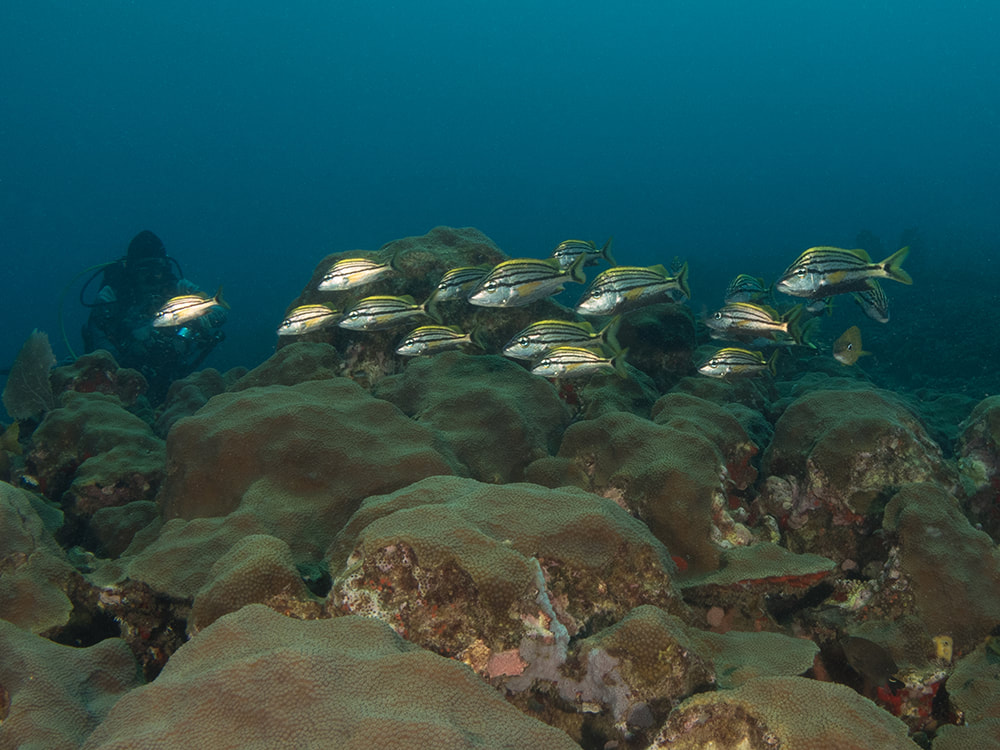
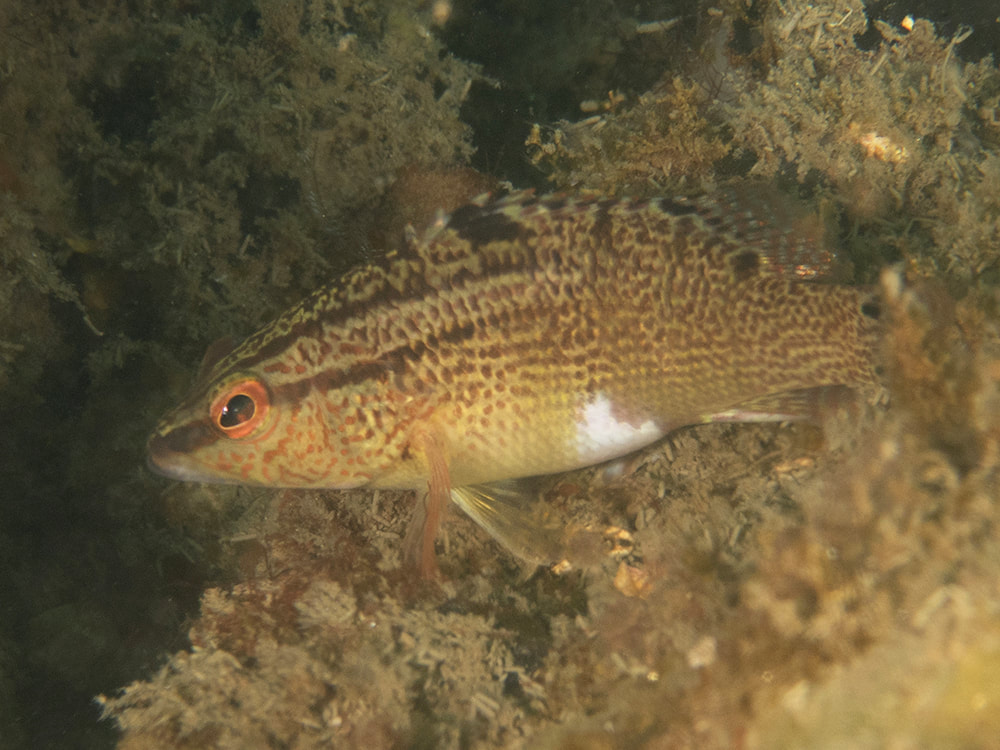
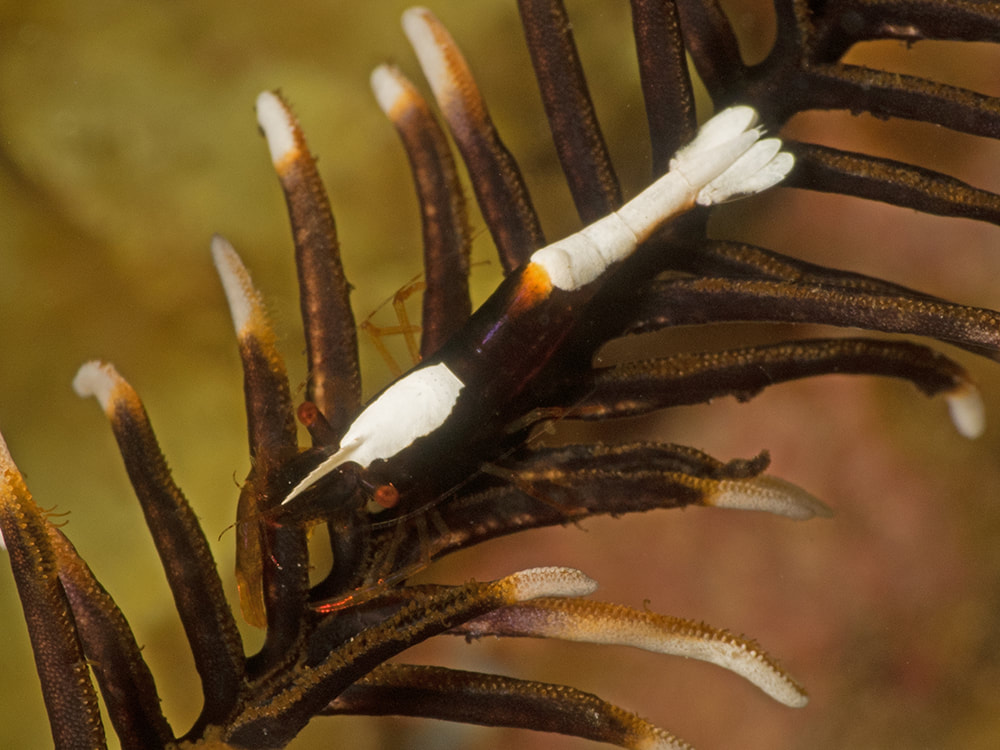
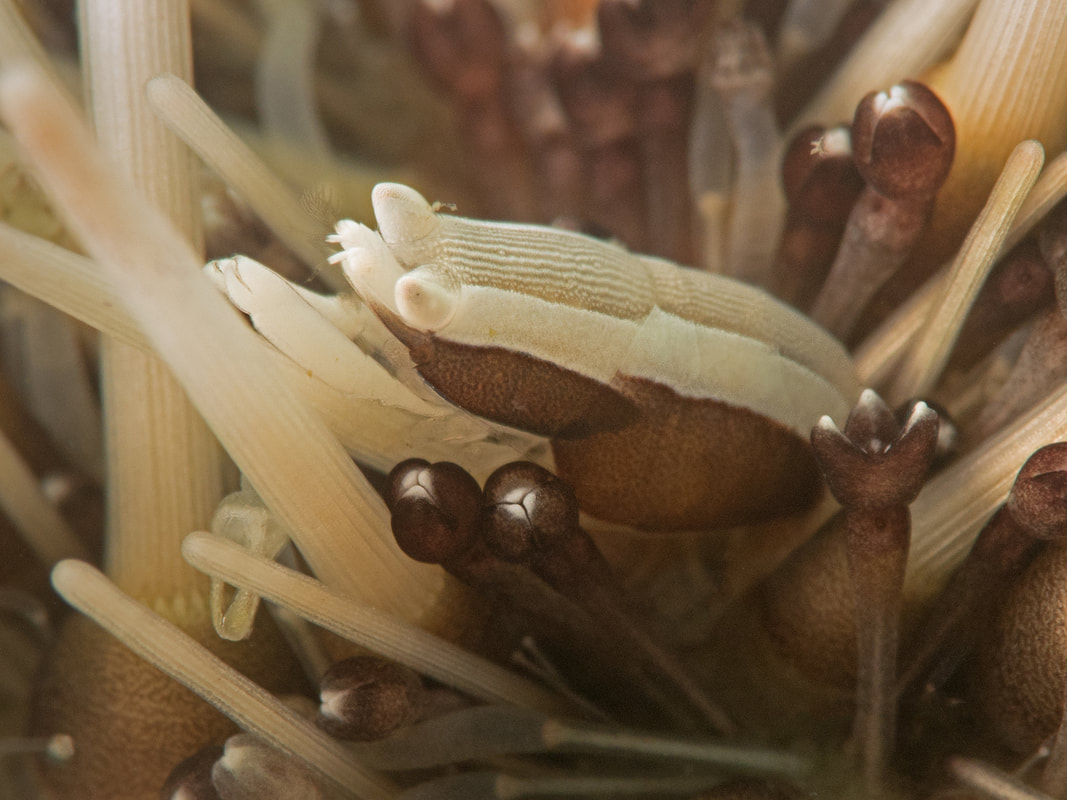
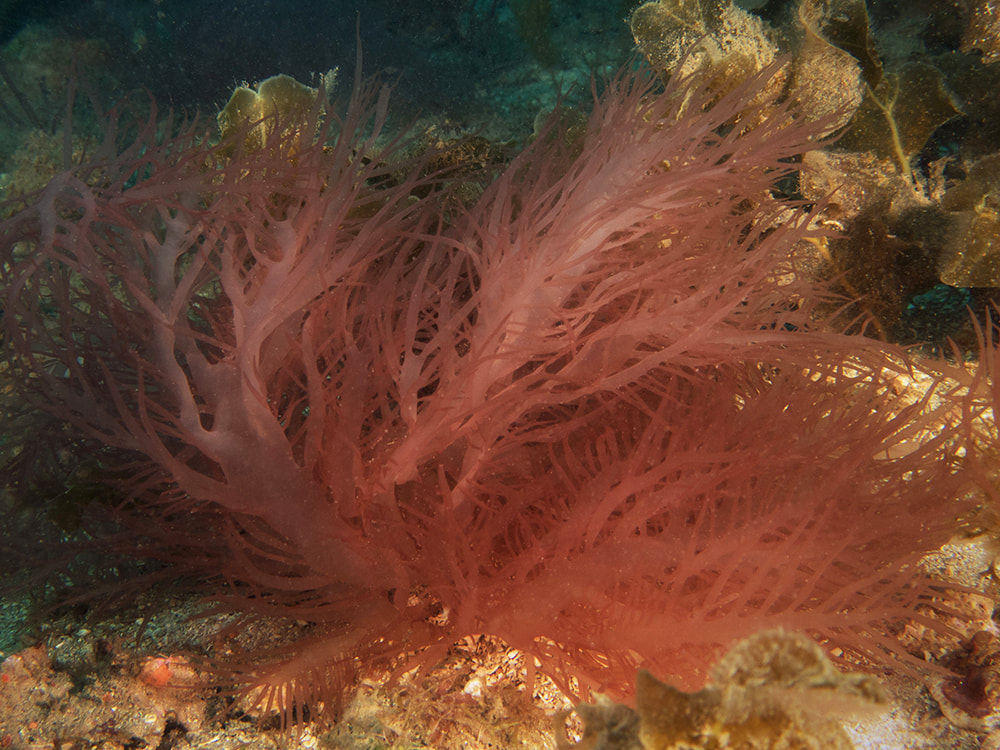
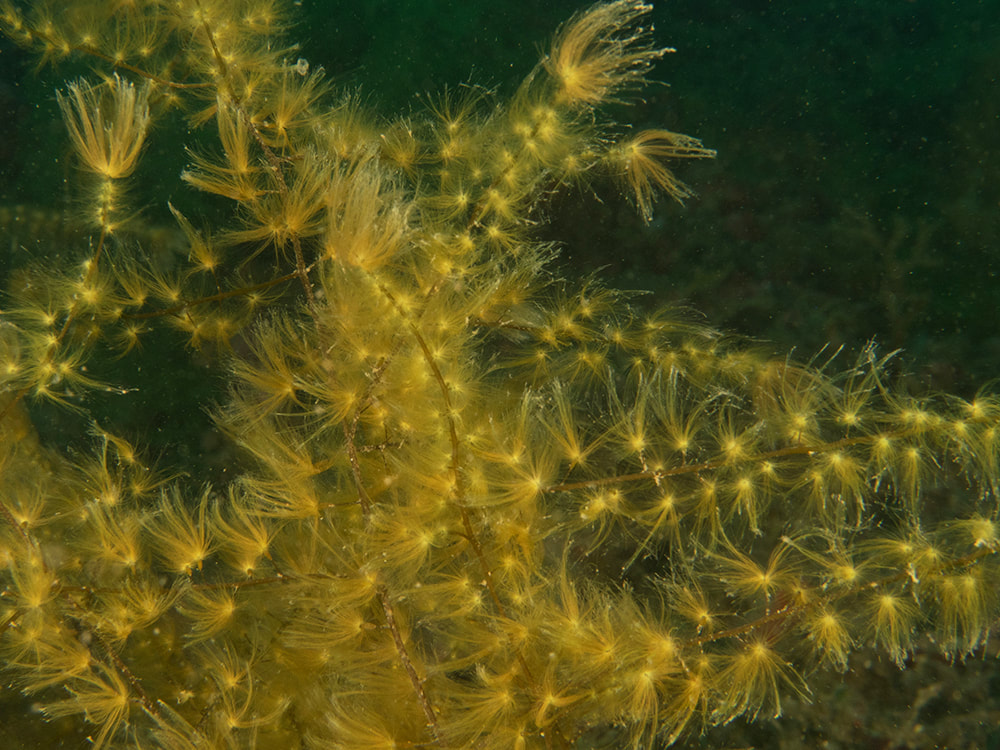
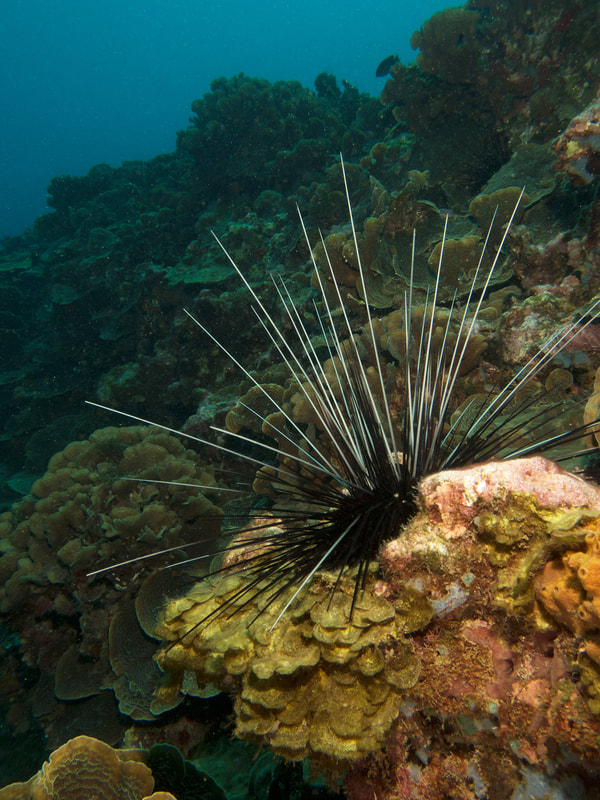
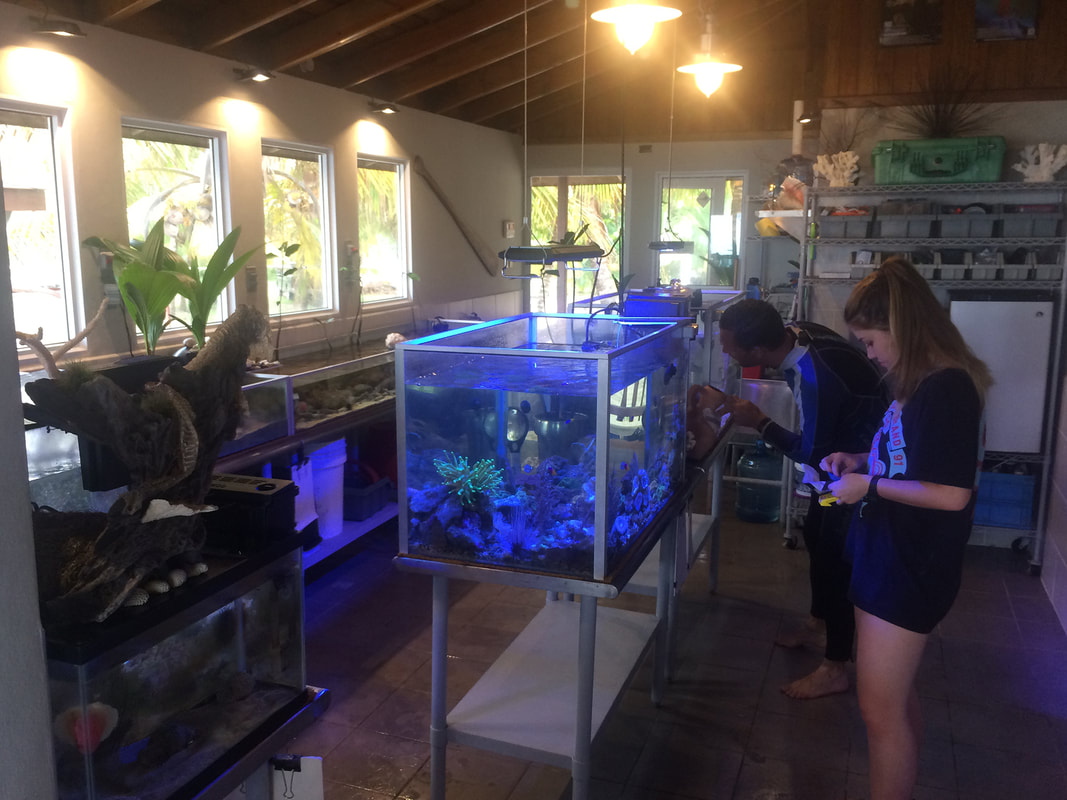
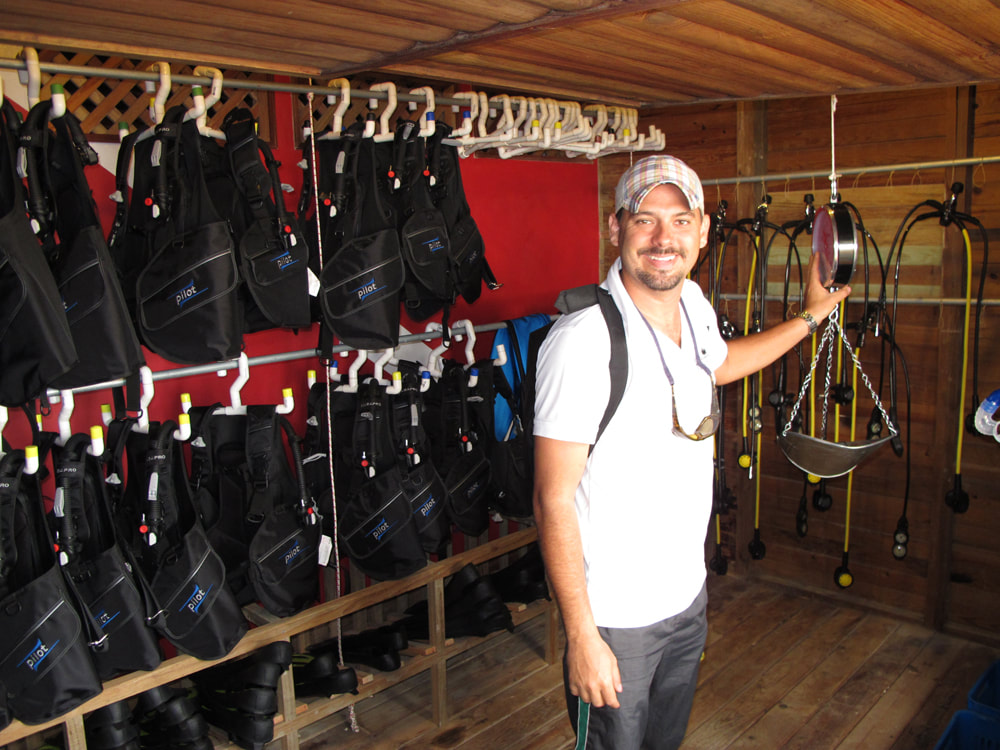
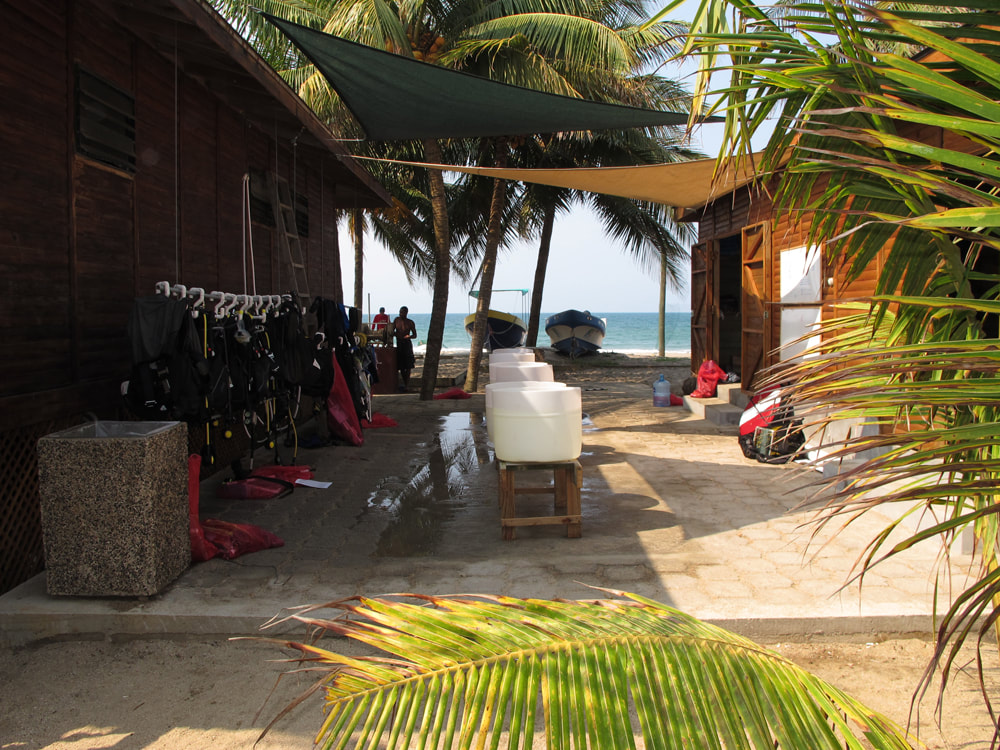
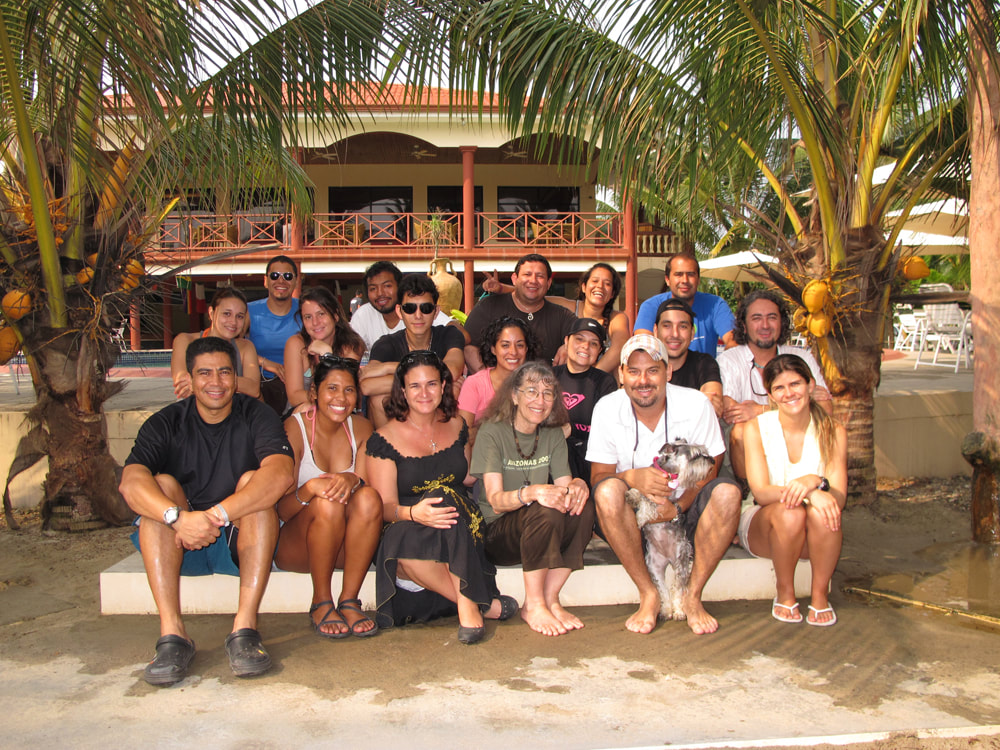
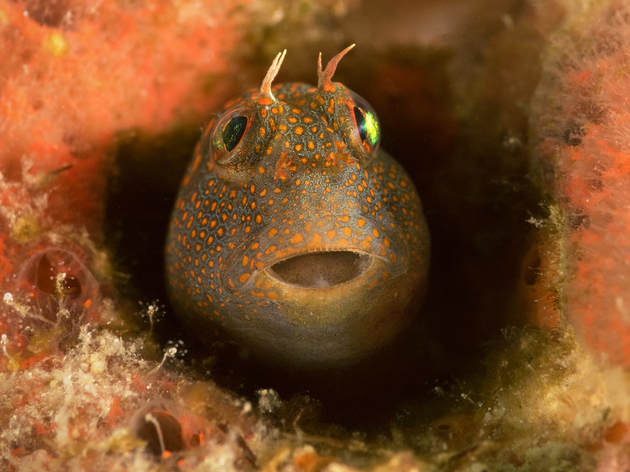
 RSS Feed
RSS Feed